Bringing the countryside to the contemporary landscape is a popular movement, both in town planning and also in garden design — the spectacular opening ceremony at last year's London Olympics even included an idyllic pastoral scene with sheep, cattle and meadows set in the rolling English countryside. There has been great interest in returning to rural roots and relocating them to gardens — from growing edibles to keeping chickens and bees in the backyard.
The "new ruralism" is not just about mirroring the countryside in the city and suburbs; it is also about how we perceive and how we use plants within our gardens. It is about allowing plants to dominate garden design — the opposite of minimalism and the idea of creating outdoor rooms.
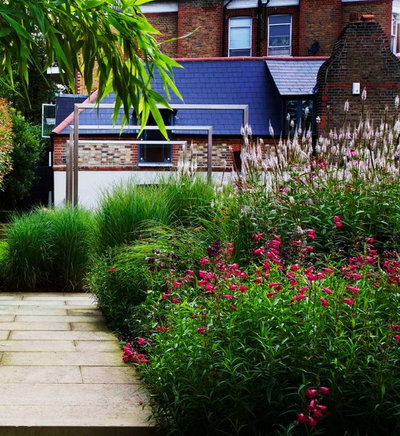
Laara Copley-Smith Garden & Landscape Design
Plants didn't always take the spotlight in garden design. Urban garden design in the last hundred years has been mainly about creating usable outdoor spaces, with plantings as an added decorative feature.
William Robinson was a Victorian garden designer who first initiated a crusade against the use of stilted carpet bedding. He was also instrumental in introducing the use of hardy perennials as well as the belief that any plant, wild or exotic, could have a place in gardens.
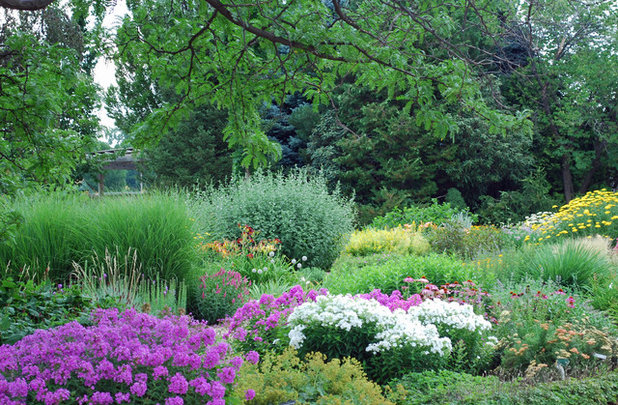
Jocelyn H. Chilvers
Robinson's naturalistic approach was based on his understanding of how plant communities grow and can sympathetically merge in natural plant groupings. His planting ideas can really be looked at as the first step toward bringing the way plants grow naturally in the countryside into the garden setting; in other words, bringing the rural into the urban.
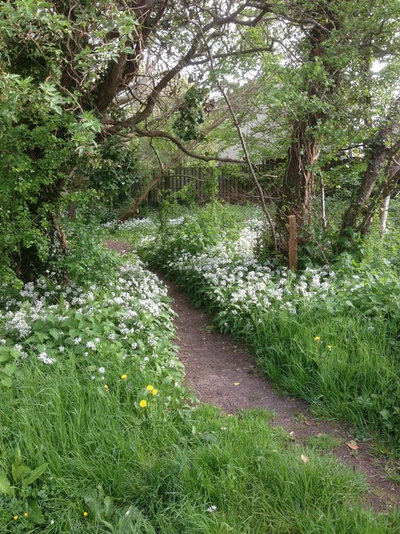
Nature abhors a vacuum, we are taught. In nature wherever there is a space, a plant suited to those conditions will grow. Understanding this but avoiding wild plants not suited to an urban enviroment, we can create our own ruralism.
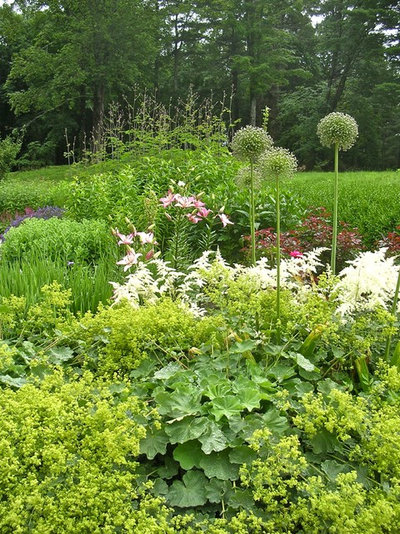
There are several benefits to integrating these planting ideas into contemporary garden design.
Using a higher ratio of planting to hardscape encourages a wider variety of wildlife into the garden, helps prevent water runoff and flooding, achieves year-round flower and foliage interest (in the same way that the countryside changes with the season), and lowers maintenance requirements — the need for weed control is almost nonexistent in nature.
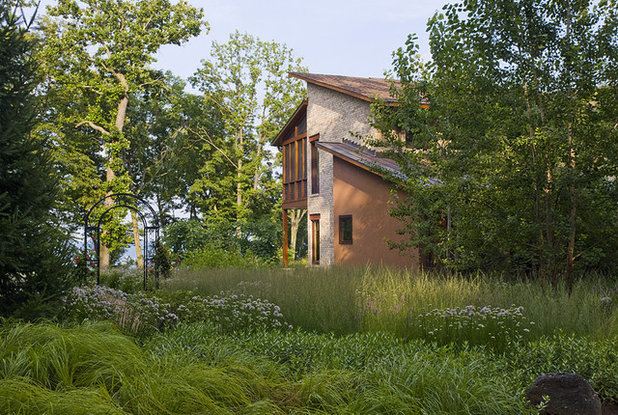
The Garden Consultants, Inc.
Of all plants that create that feeling of ruralism, grasses are without doubt the most popular. Intermingling drifts with low-maintenance perennials is easy in large, open gardens, but to acheive the same naturalistic approach in small gardens requires skill.
It is not a new idea, though, as both the leading Victorian gardeners, Gertrude Jekyll and William Robinson, used grasses to great effect in their innovative mixed plantings. Jekyll was very keen on using Miscanthus and frequently used
Miscanthus sinensis 'Variegatus' and
Miscanthus sinensis 'Zebrinus' in her mixed borders.
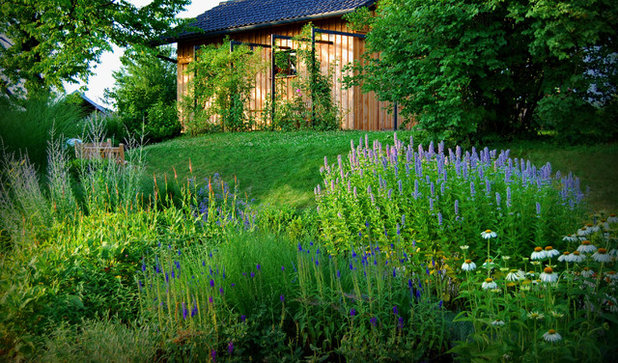
Grasses don't have be allowed to grow naturally to introduce a feeling of new ruralism into the garden. This rough-cut lawn brings the feeling of a pasture right up to the walls of the house, while seminaturalistic plantings meander under the trees beyond.
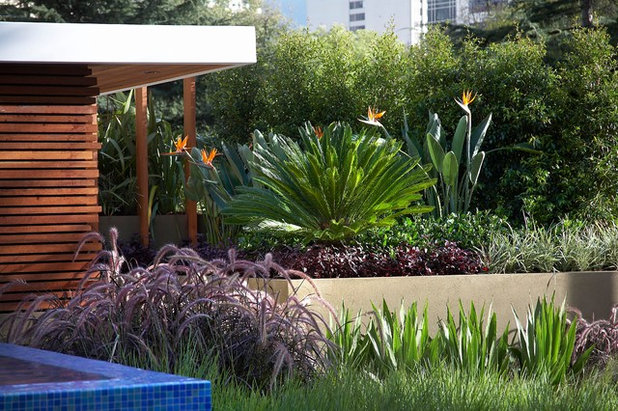
Dean Herald-Rolling Stone Landscapes
With true urban style, this contemporary garden shows all the features of new ruralism with its planting-dominant scheme.
The plants used are standard species and are common in many gardens, yet here they have been used in a way to mirror nature. None of the ground is left bare; the variety of plants have found their own spaces, as they do naturally in the countryside.
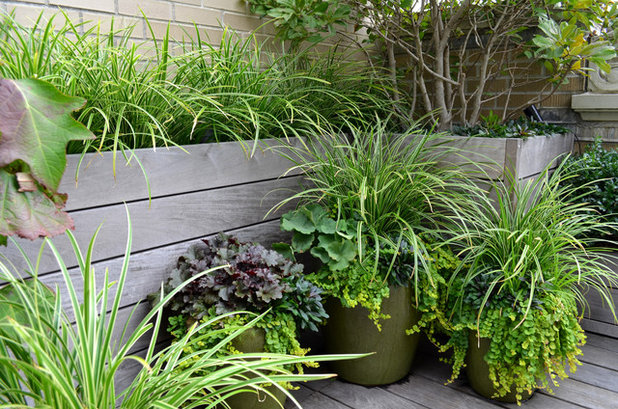
Jeffrey Erb Landscape Design
Even in small urban garden spaces, ruralist planting ideas can be applied. In this small yard, every available space, raised bed and container has been closely planted with a wide mixture of species. Ruralist planting, even on this scale, can provide wildlife with benefits — through the variety of plants used as well as by the garden's very nature of being a small rural area in an urban setting.
More: Let Nature Inspire Your Landscape: Grasslands to Garden





